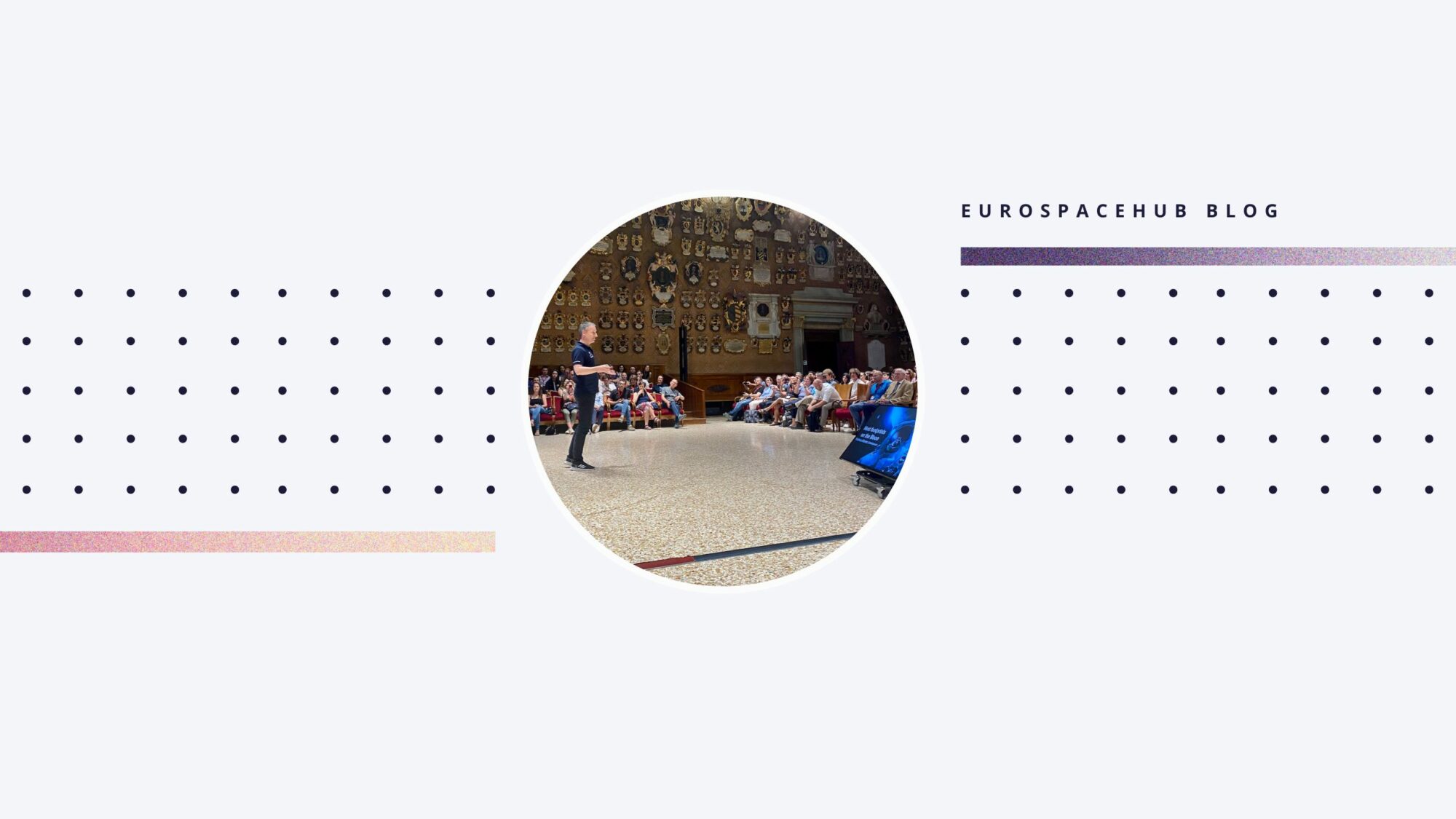We are thrilled to provide you with updates from the European Lunar Symposium 2023, which is coming to an end tonight. Today, we would like to shine a spotlight on the exciting events that took place during yesterday’s sessions, when we had intense moments of presentation featuring the works of EuroSpaceHub and EuroMoonMars, with numerous projects showcased in the poster area. Keep reading to know more!
In the afternoon, a beautiful poster session was organized near Palazzo Bo, a historical location in Padua. All participants had the opportunity to view colleagues’ posters and present their own experiments. Our correspondents on-site, Bernard Foing, Serena Crotti, and Ava Hutchison, presented the results of several main projects we have been following in recent months: the EMMPOL missions (co-organized with the Analog Astronaut Training Center), the Hana Hou HI-SEAS missions (held at the base on Mauna Loa in Hawaii), and the ExoSpaceHab-X project, an innovative proposal for a transportable lunar base to conduct simulations with students and outreach activities. In total, we had six posters presented at the session! If you are curious to learn more about the abstracts we presented, take a look here.
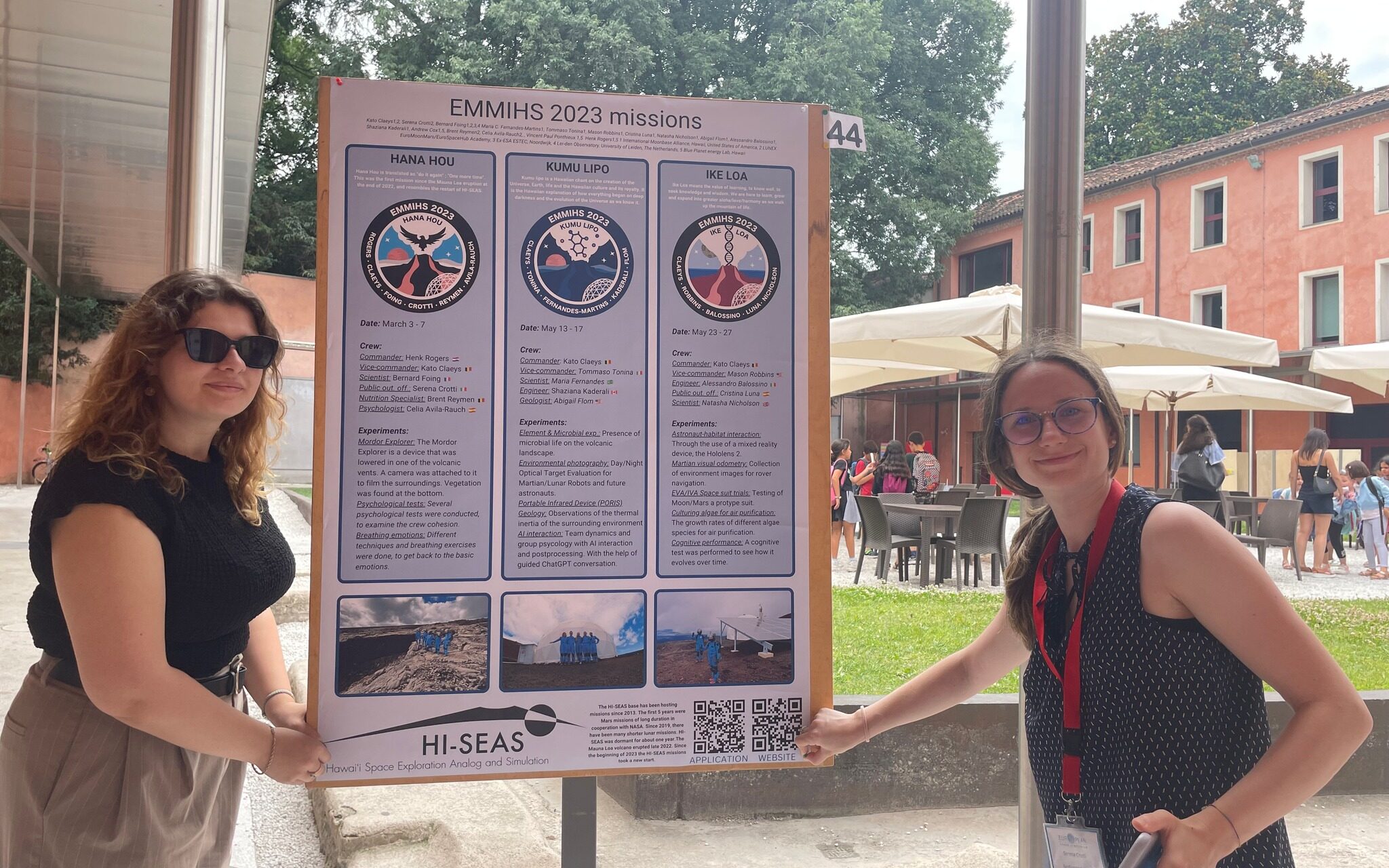
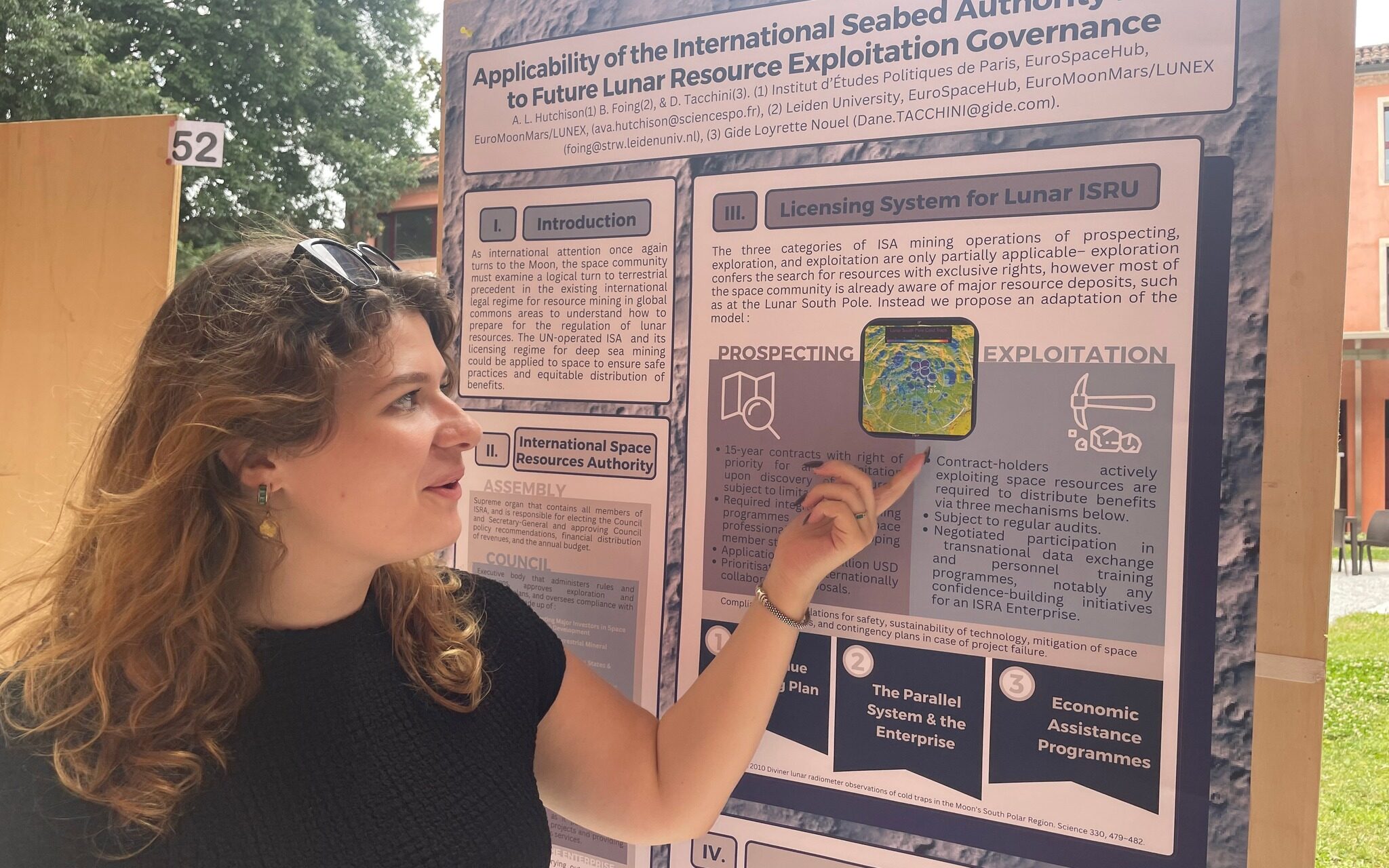
Following the poster session, we attended a marvelous evening event organized within the ELS2023 context: “Next Footprints on the Moon”. The main guest of the evening was ESA Astronaut Matthias Maurer. Astronaut Matthias delivered a fascinating lecture providing an overview of the Artemis program and shared a project close to his heart, the Analog Luna facility. This facility will be available to conduct experiments on simulated lunar terrain and will even include a solar light simulator to recreate the shadows and lighting effects that astronauts will experience on the Moon during upcoming Artemis missions. The backdrop for this wonderful event was the Aula Magna of Palazzo Bo, where the legendary Galileo Galilei once taught.
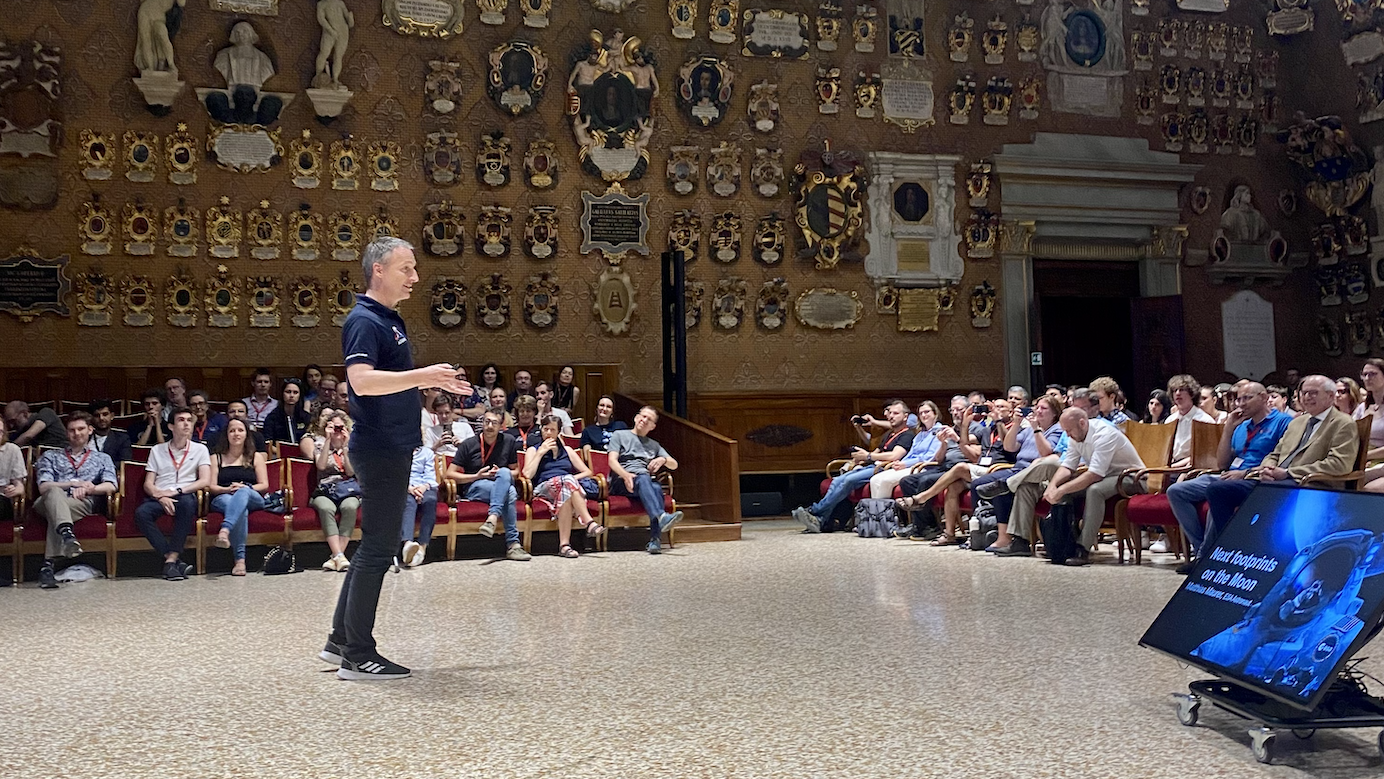
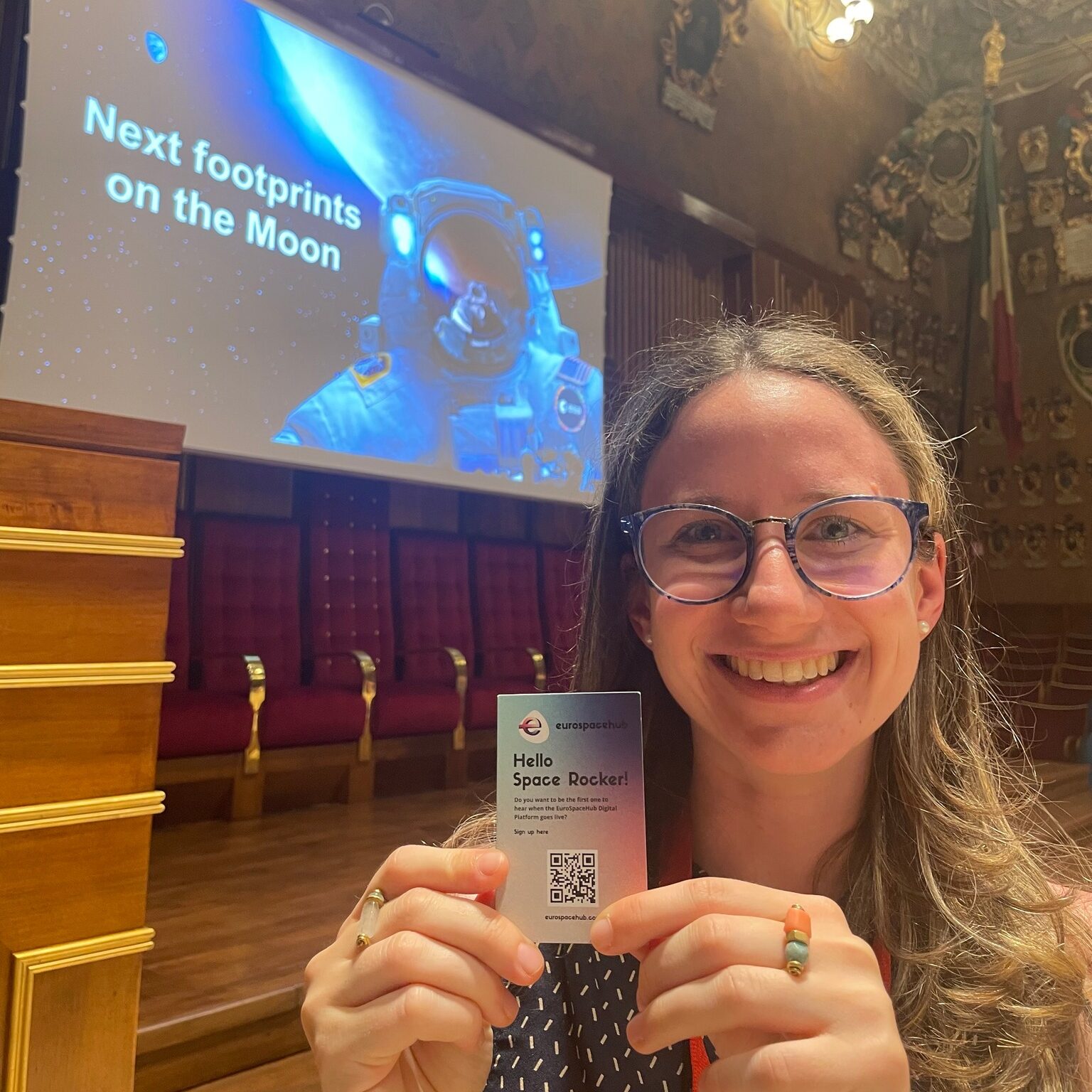
We are thrilled about this conference, which has provided us with updates on the incredible science being conducted on the Moon in recent years. It has been an opportunity to delve deeper into the field, stay up to date, and, most importantly, showcase our work to the scientific community. The European Lunar Symposium has allowed us to connect with like-minded individuals and contribute to the advancement of lunar exploration and research. Ad astra!

